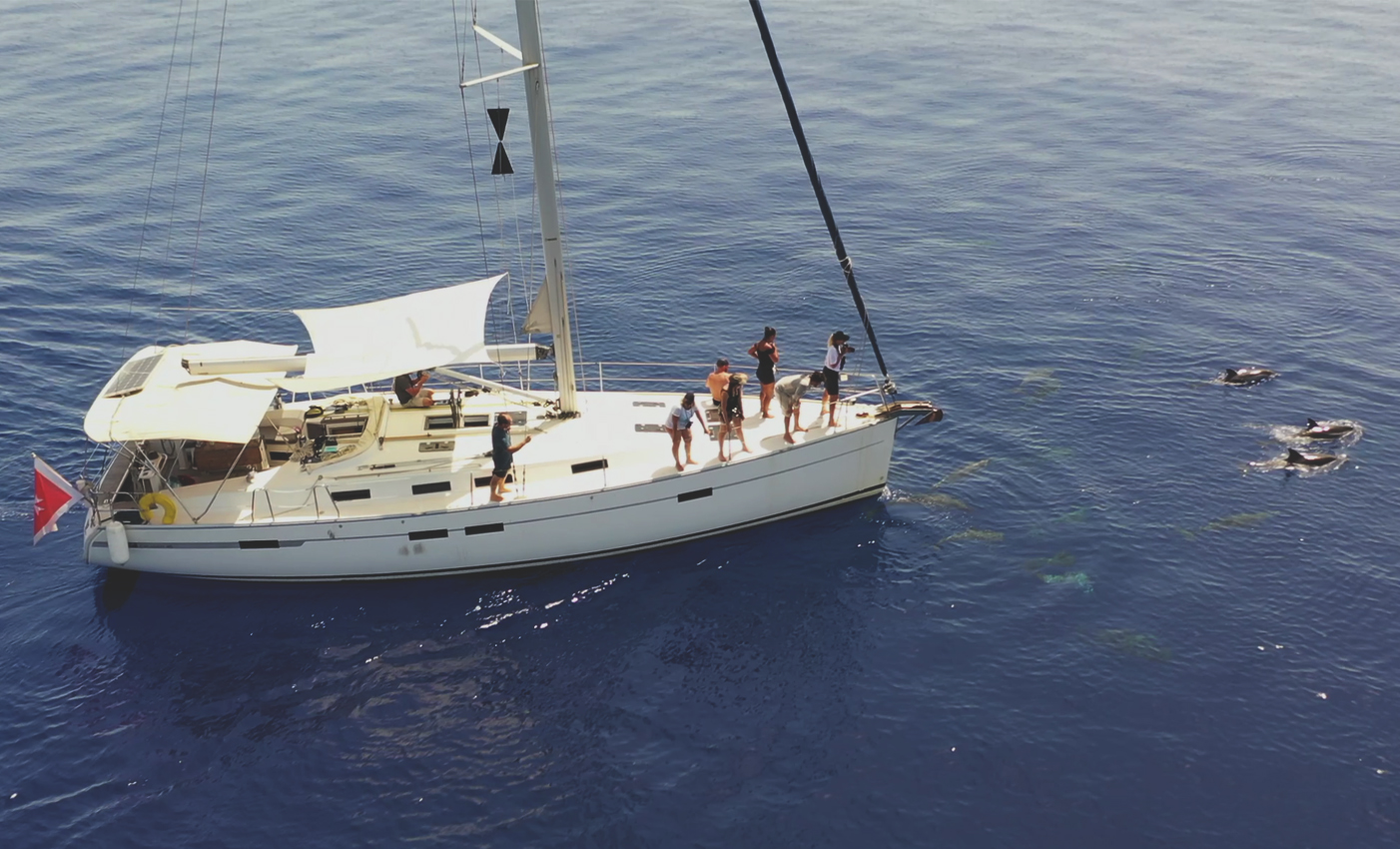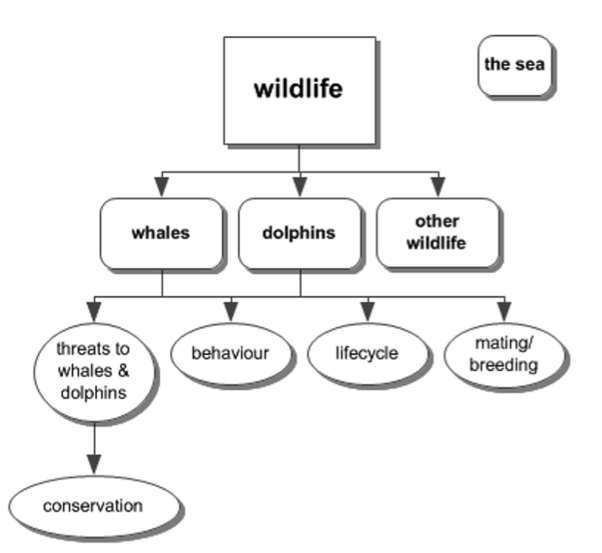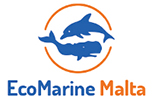
Sustainable Whale Watching
This article is divided into sections to give a general idea of whale watching pros and cons
- What is whale watching?
- Problems associated with whale watching and lack of regulations
- Regulatory framework for whale watching in the Mediterranean Sea
- The potential of sustainable Marine Tourism
What is whale watching?
Whale watching was defined by the International Whaling Commission (IWC) in 1994 as “any commercial enterprise which provides for the public to see cetaceans (dolphins, whales and porpoises) in their natural habitat” . This term refers to all cetacean species and encompasses various types of activities mainly conducted onboard small or large vessels, but also on aircrafts, from land or dedicated platforms. This terminology has subsequently been extended to also include members of the public and private boaters who use their own means to view cetaceans, as well as research trips hosting paying customers onboard, known with the name “whale watching-aided research”.
Whale watching tourism is worth more than 2 billion US$ worldwide (O’Connor et al, 2009). Its rapid growth has transformed entire coastal communities, contributing to the economic development and employment in several countries (Hoyt, 2001).
In 1998 the Director of the International Fund for Animal Welfare (IFAW) acknowledged that whales represent important resources when they are not harmed (O’Connor et al, 2009), thus promoting responsible whale watching as a sustainable form of tourism. The perception of whale watching as a whale conservation-oriented activity was supported by relevant occurrences. A great example is provided by the transition from whale hunting to whale watching in Tonga (Orams, 2001), thanks to the pioneer vision of Gregory Kaufman who transformed a cultural practice into a commitment to the protection of whales against the threat of international commercial whaling.
Most significantly, Resolution 2007-3 from that year encouraged “member States to work constructively toward the incorporation of the needs of non-lethal users of whale resources in any future decisions and agreements” and acknowledged “non-lethal use [of cetaceans] as a legitimate management strategy” (IWC, 2008a).
Whale watching, besides generating income and economic benefits, can be a fundraising resource for research, while providing valuable educational opportunities with the potential to raise awareness about cetacean conservation. Furthermore, whale watching has been used in several projects as a platform for opportunistic research and data collection on the distribution, habitat use, and long-term photo identification studies of cetaceans.
Problems associated with whale watching and lack of regulations
The rapid and unregulated growth of whale watching may have detrimental, yet nonlethal, effect on the populations of cetaceans that are targeted and may affect the conservation status of the targeted animal populations (Pirotta & Lusseau, 2015). Short-term behavioural changes as a response to whale watching activities have been shown to differ based on the type of activity the whales are engaged in, the number of vessels, the types of vessels, closeness, and modality of approach. Such immediate behavioural responses include changes in surfacing, acoustic, and swimming behavior and changes in direction, group size, and coordination (Bejder et al, 2006). Long-term effects remain unclear, but negative effects on health, on the reproductive rates and fitness and on vocalizations may occur (Orams, 2004; Stockin et al, 2008; Williams et al, 2006) due to repeated short-term changes or disturbances. Such long-term effects may affect key behaviours such as mating and nursing, change migratory patterns and distribution and may cause chronic stress.
Pleasure boating can also have a very high disruptive potential on cetaceans and lead to dramatic human-cetacean interaction if not regulated. Miragliuolo et al (2004) describes clear signs of distress in a group of Risso’s dolphins, being harassed by 100 boats in shallow waters, which headed towards the animals at a high speed, cutting them off and seeking for interactions to take photographs.
On a general note, mass tourism has also been known to cause displacement of marine mammals. In particular, the Mediterranean Monk seal (Monachus monachus) population has undergone a decline due to habitat destruction with the contribution of pleasure boating and speargun fishing (Johnson & Lavigne, 1999).
The need for a responsible management of the resources and the growing threats of injuries to the animals and to the operators led to the implementation of guidelines that are now being adopted in over 100 countries. The IWC General Principles for Whale Watching were first established to support responsible whale watching, and a Whale Watching Handbook () was released. This online resource was developed by the Standing Working Group on Whale Watching and the Scientific Committee of the IWC.
In line with these principles the Agreement on the Conservation of Cetaceans of the Black Sea, Mediterranean Sea and Contiguous Atlantic Area (ACCOBAMS) developed a set of guidelines endorsed at a regional level, to which member states are invited to adhere.
Regulatory framework for whale watching in the Mediterranean Sea
The ACCOBAMS Guidelines address all marine activities carried out for commercial purposes and include research activities that have a commercial component. The Parties are requested to assess the potential impact of such activities on the conservation status of the species before allowing such activities. In addition, the number of commercial vessels operating should be restricted by area and day. Therefore, permits are necessary and special permits should be issued for research or media work that require a closer approach.
The eligibility for a permit should be based on criteria including: a sufficient educational value to the public, knowledge and experience with cetaceans, facilitation of the collection of scientific data, appropriate safety standards and insurance. Moreover, the permit should be issued only if the operations don’t have any adverse effect on the behavioural patterns of cetaceans and don’t go against cetaceans’ protection and conservation. To obtain the permit, the company should provide all the relevant information about the activities and the platform from which the activities are carried out.
Few basic principles rule the behaviour around cetaceans, and those refer to minimize the disturbance to cetaceans and avoid collision. The whale watching companies should primarily have the duty to protect the animals. Ideally, the situation should be managed such that it allows cetaceans to control the nature and duration of the encounter. The regulations addressing the modalities of approach are listed in the resolution 4.7 – Guidelines for commercial cetacean watching in the ACCOBAMS area
The potential of sustainable Marine Tourism
Marine wildlife tourism (MWT), defined as “any tourist activity with the primary purpose of watching, studying or enjoying marine wildlife” (Masters, 1998), has a potential to provide significant benefits to local communities and ecosystems when it is carefully managed. However, a government policy protective of the species targeted by the industry should be the foundation of sustainable practices in this field. First, a regulatory and enforcement regime must be established to control the number of operators engaged in marine tourism, as well as the time spent with the animals and the areas where the activities can be carried out should be restricted to two-thirds of the daylight and two-thirds of the areas, according to a precautionary plan (Hoyt, 2012). Trained personnel should be able to apply proper protocols not only for approaching the animals but also for the education purpose.
Educational and Conservation benefits of Whale Watching
Wildlife tourism provides experiences that benefit the visitors both emotionally and physically, due to the innate human desire to interact and connect with nature and wildlife (Curtin, 2005).
Environmental education and ocean literacy are two major components of wildlife tours, which help individuals relate to a place, a resource, or an object. The educational value of whale watching is therefore no different from other wildlife viewing activities, where the objectives are to raise visitor awareness and encourage behavioural changes that support the conservation of marine life.
Researchers highlighted the need for structured interpretation and educational programmes on marine mammal tours based on the demand for more information about the animals and the environment by the participants (Luck, 2003). Positive consequences of the implementation of such programs have also been observed, including long term behavioural lifestyle changes in the participants, including the willingness of the participants to do their part by minimizing their environmental impacts or supporting environmental organizations and donating money. (Moscardo et al., 2004). Participants to marine wildlife excursions can therefore benefit not only from the first-hand experience itself but also from interpretive programs encompassing marine species biology, ecology, and behavior, as well as best practices and human threats to the marine habitat. Zeppel (2008) analysed the consequences of marine wildlife experiences, especially with marine mammals, in terms of education and conservation outcomes. Participants are motivated to respect marine life thanks to guided interactions on marine wildlife excursions, which also promote ecologically conscious attitudes and behaviors while benefiting marine conservation. Providing tourists with experiences of encounters with marine species that generate a mix of emotive and cognitive reactions raises their level of environmental awareness, changes their motivation to act sustainably, and encourages them to value and practice conservation.
Well-developed ocean literacy programmes are therefore crucial for effective conservation outcomes produced by whale watching activities. A series of themes to be addressed during wildlife tours are proposed by Luck (2015), based on the contents desired by visitors during the tours and are reported in the table below.

A recent study confirms the importance of the education provided on the customers’ satisfaction, in addition to the time spent with the animals (Scuderi et al, 2022), and the direct contribution of whale watching to the local economy.
Whale Watching as a platform of opportunity
Cetaceans research demand complex logistics and expensive equipment for dedicated collection of biological data, due to the highly mobile nature of the species and to the long time spent underwater. Whale watching activities represent a platform of opportunity which can provide a significant and valuable source for data on whales. More benefits also include the access to remote areas important for cetaceans and the opportunity to acquire inexpensive quantitative information. Therefore, data collection collected during whale watching might have a significant impact on research and conservation efforts. However, some errors in data collection might represent a source of bias, which can be minimized by the adoption of standardized protocols. Additionally, these platforms might be used to train observers on protocols before performing specialized surveys. (Williams, 2003; Koslovsky, 2008).
Numerous studies support the theory that data obtained from platforms of opportunity, such as whale watching vessels, can provide valuable information on abundance, distribution, species occurrence and group dynamic (Alves et al, 2018). In addition, a well performed study which makes use of such platforms may lead to reliable ecological models and give hugely useful data on cetacean ecology (Moura et al, 2012). On a more practical note, whale watching has contribute to research since the early 1970s by involving the staff and the tourists in the photo-ID process, while it might be less compatible with behavioural and acoustic studies which require more complex equipment. Several examples of public support for research are however represented worldwide by citizen science programmes that include photo-ID, acoustic monitoring and behavioural data collection carried out onboard whale watching vessels (Hoyt, 2018).

